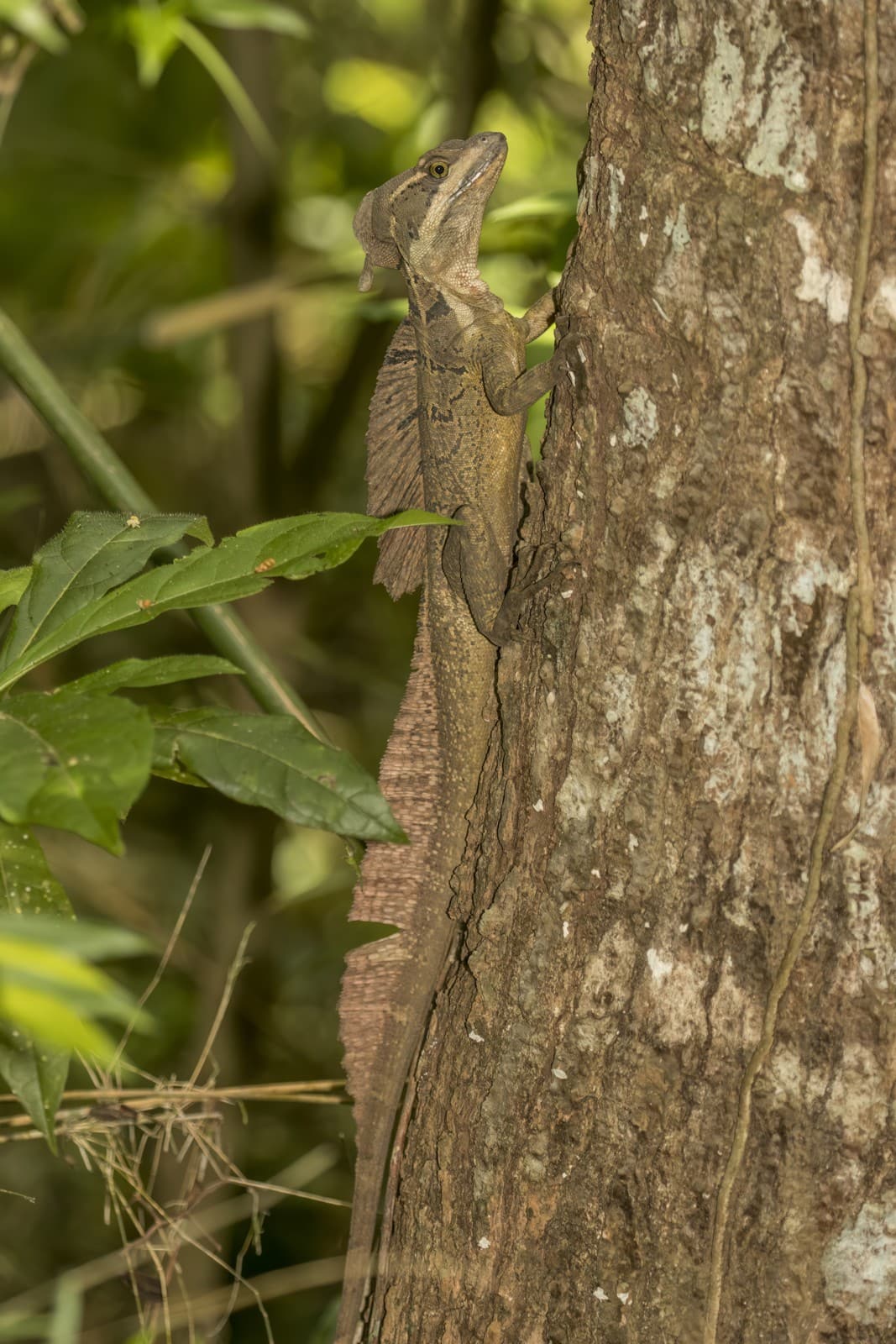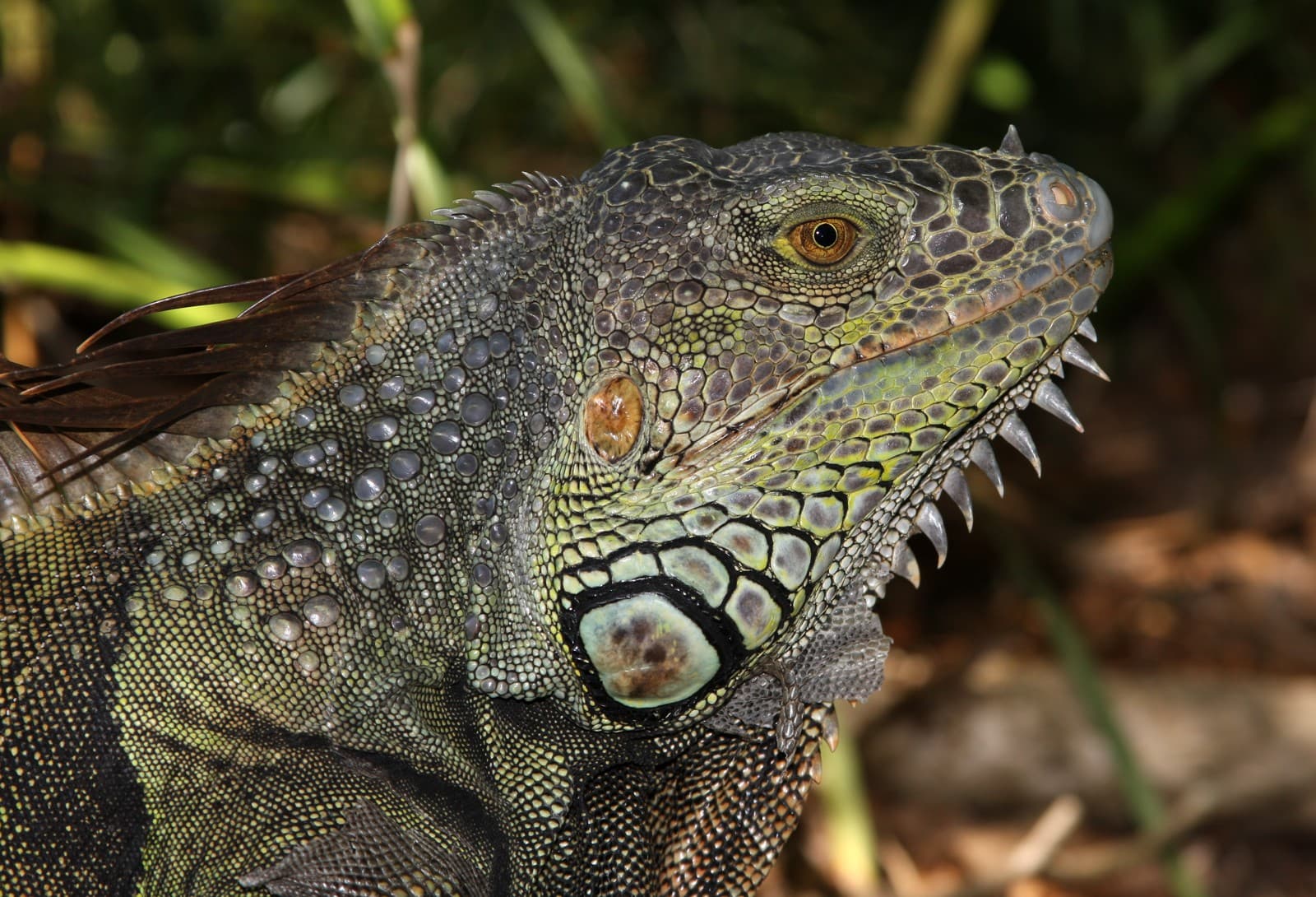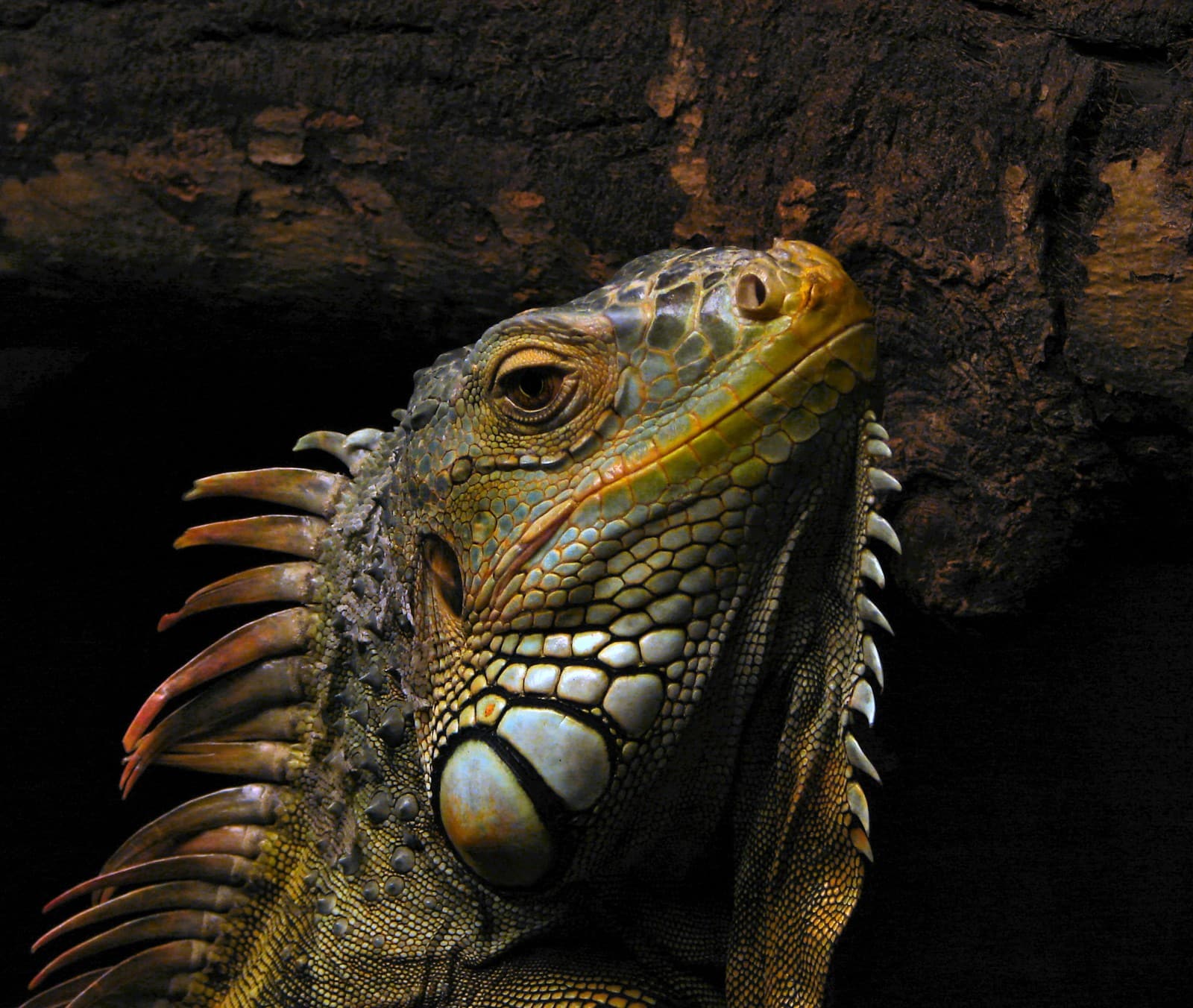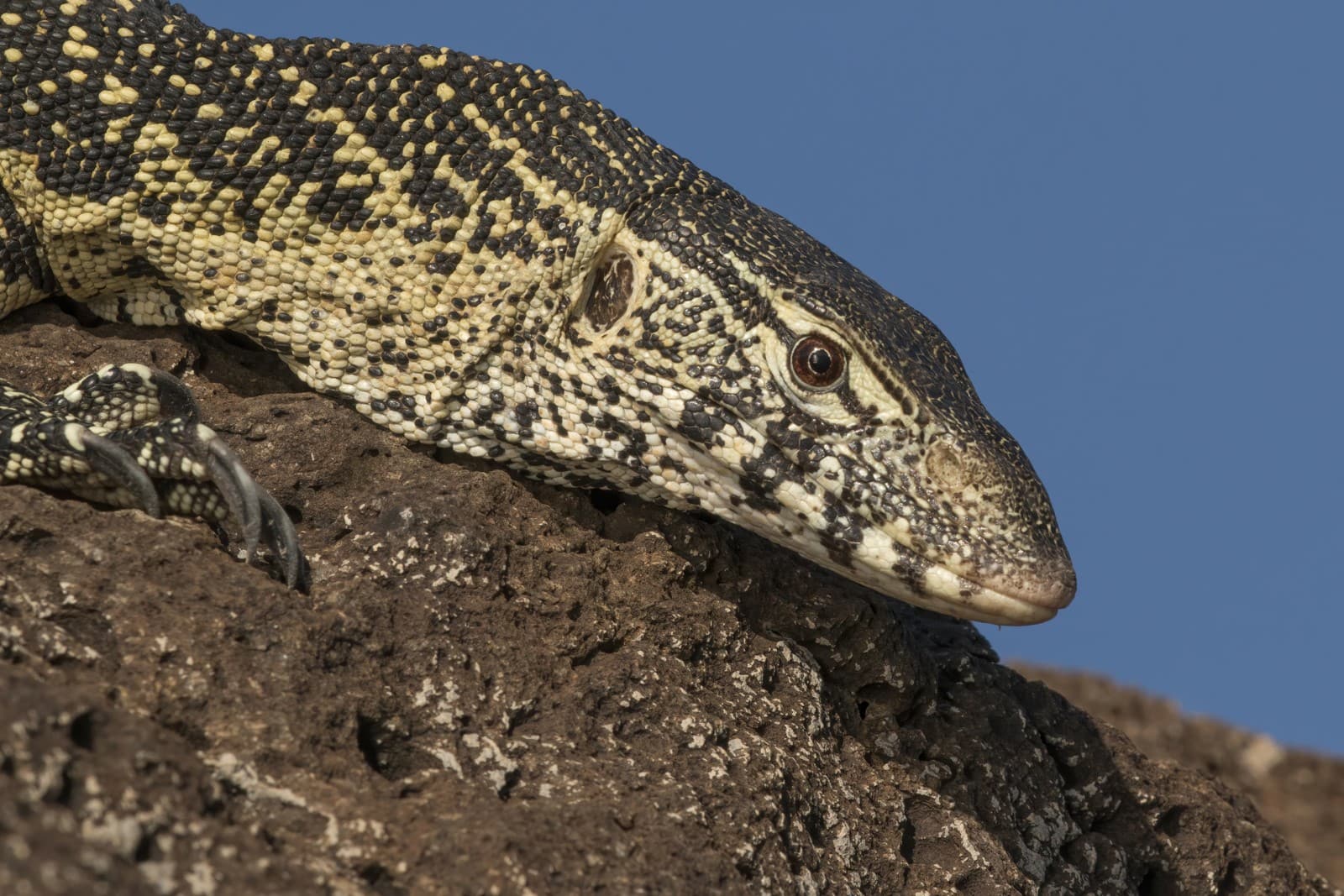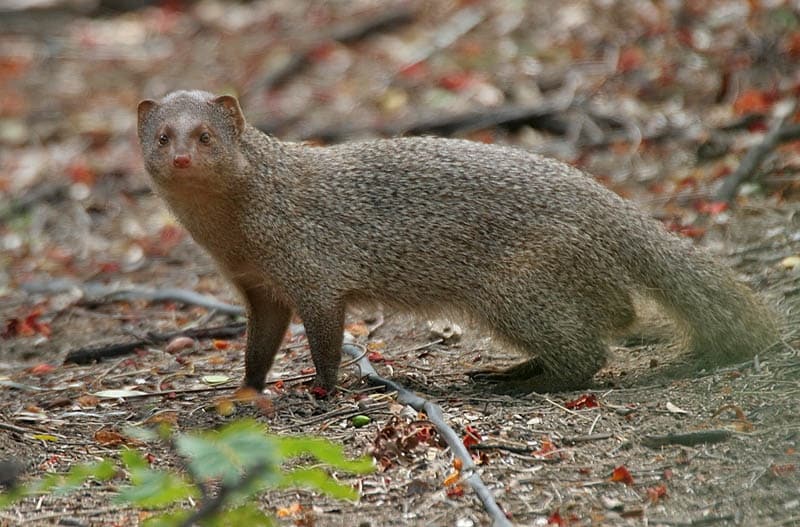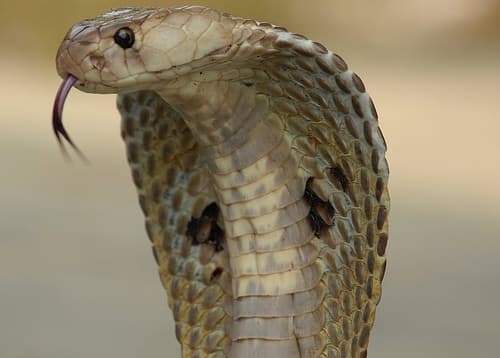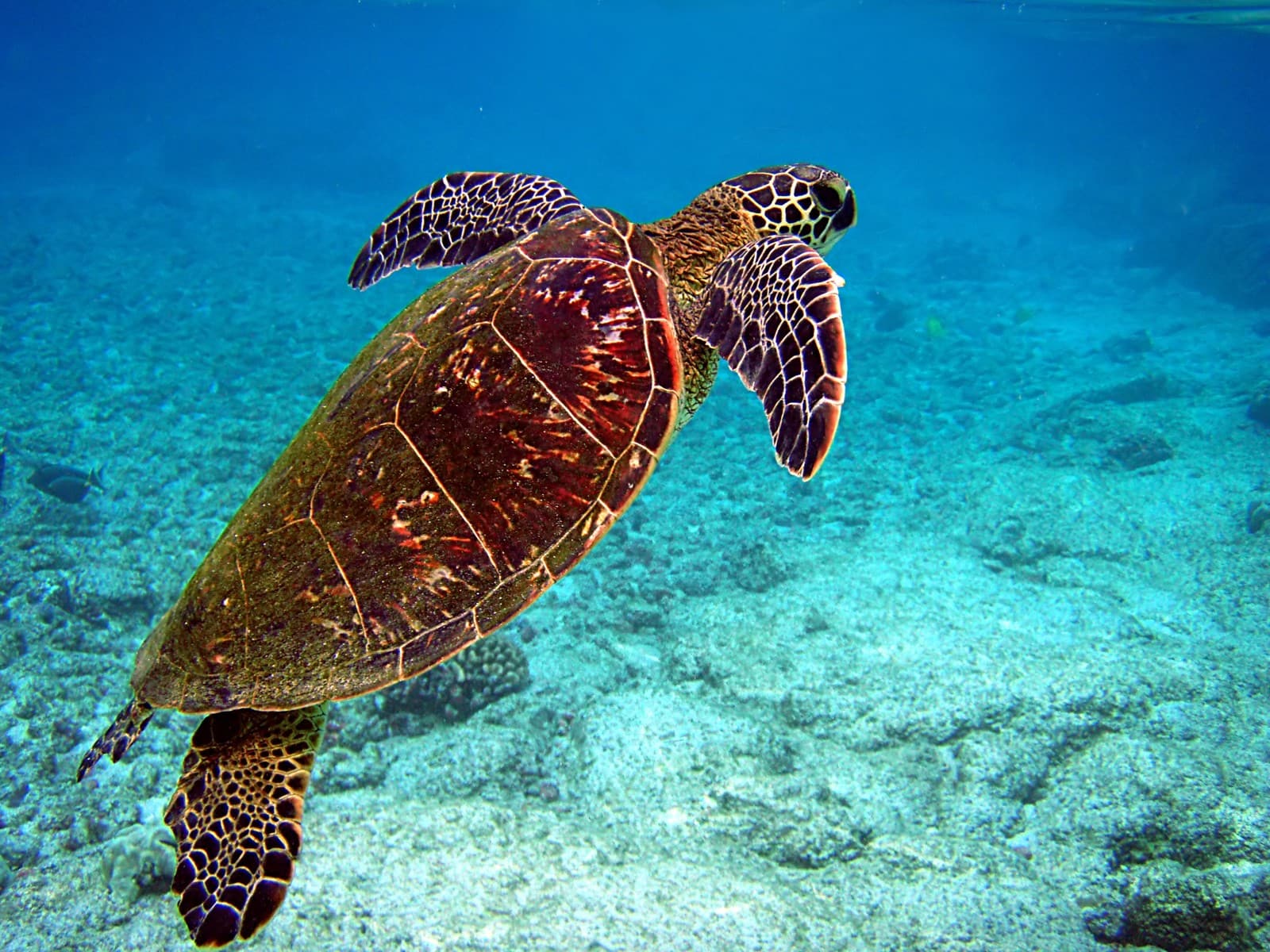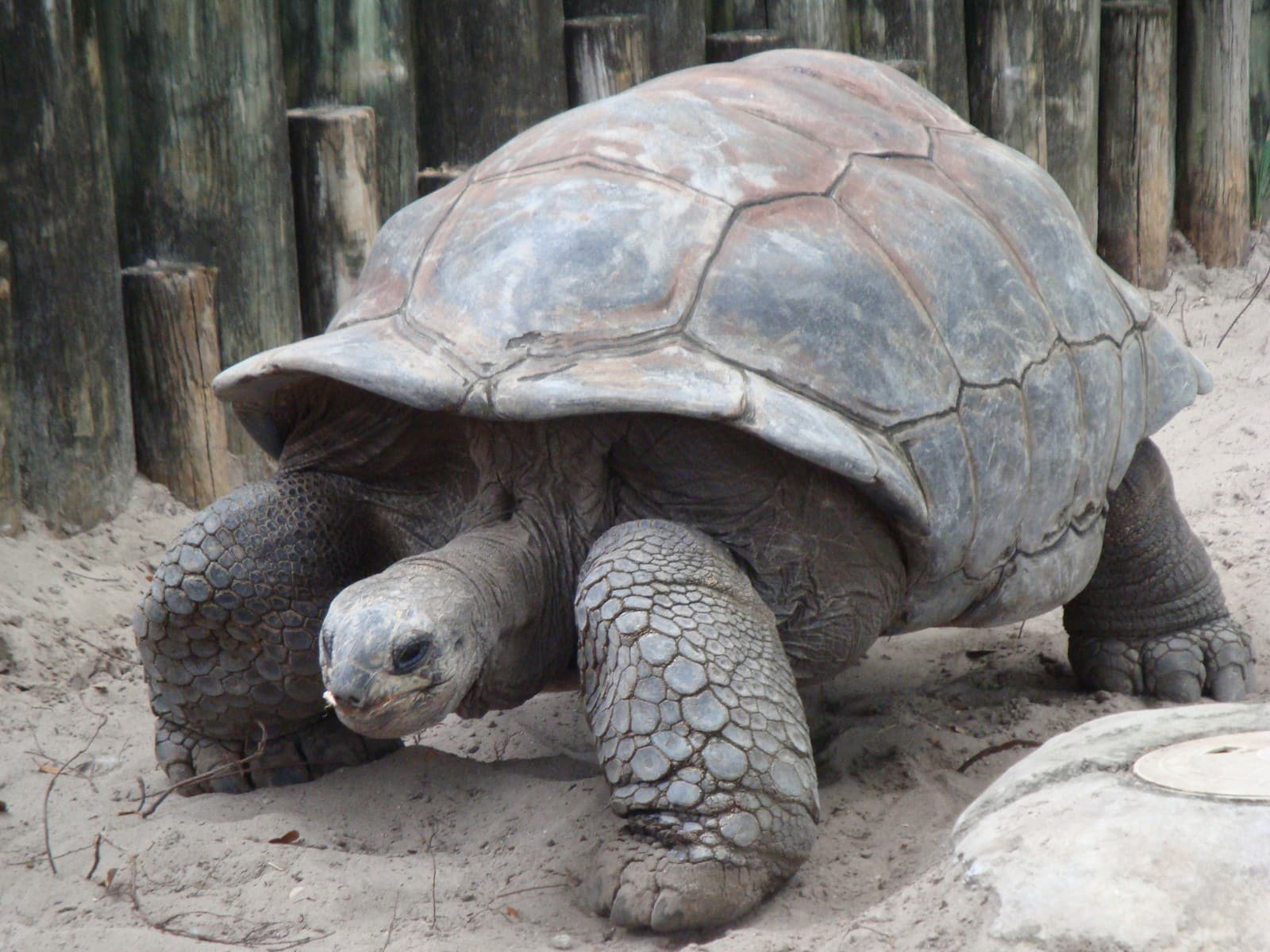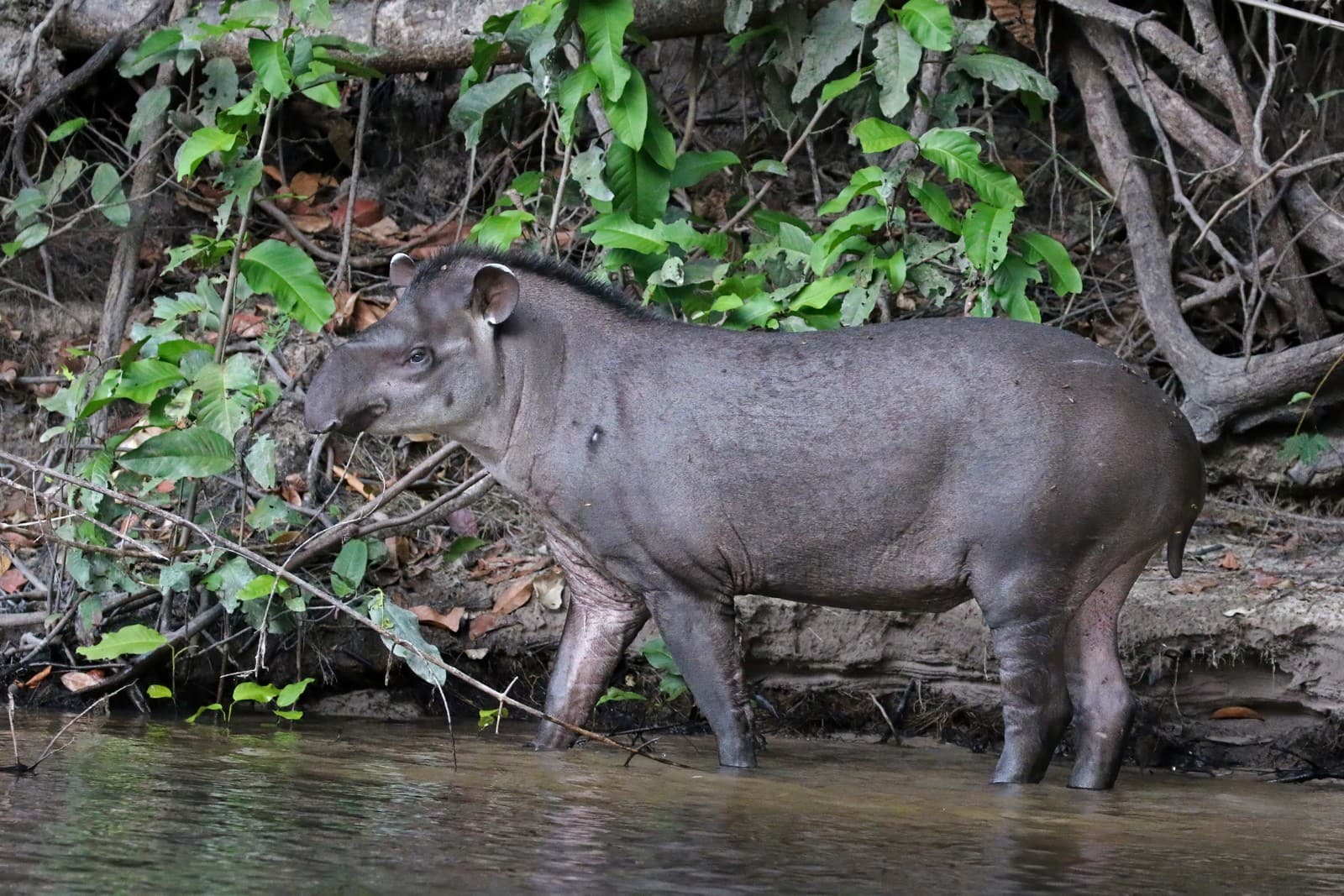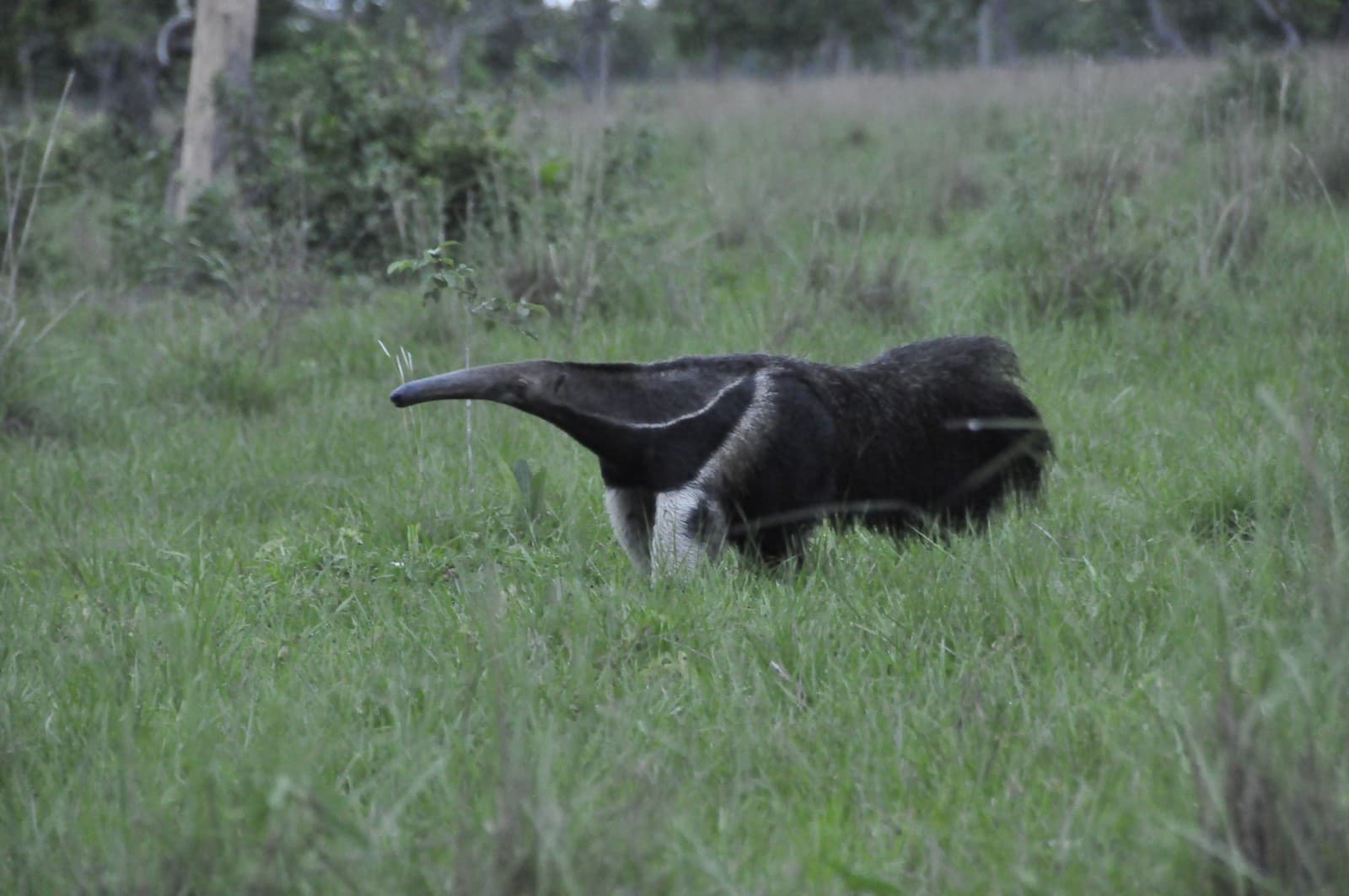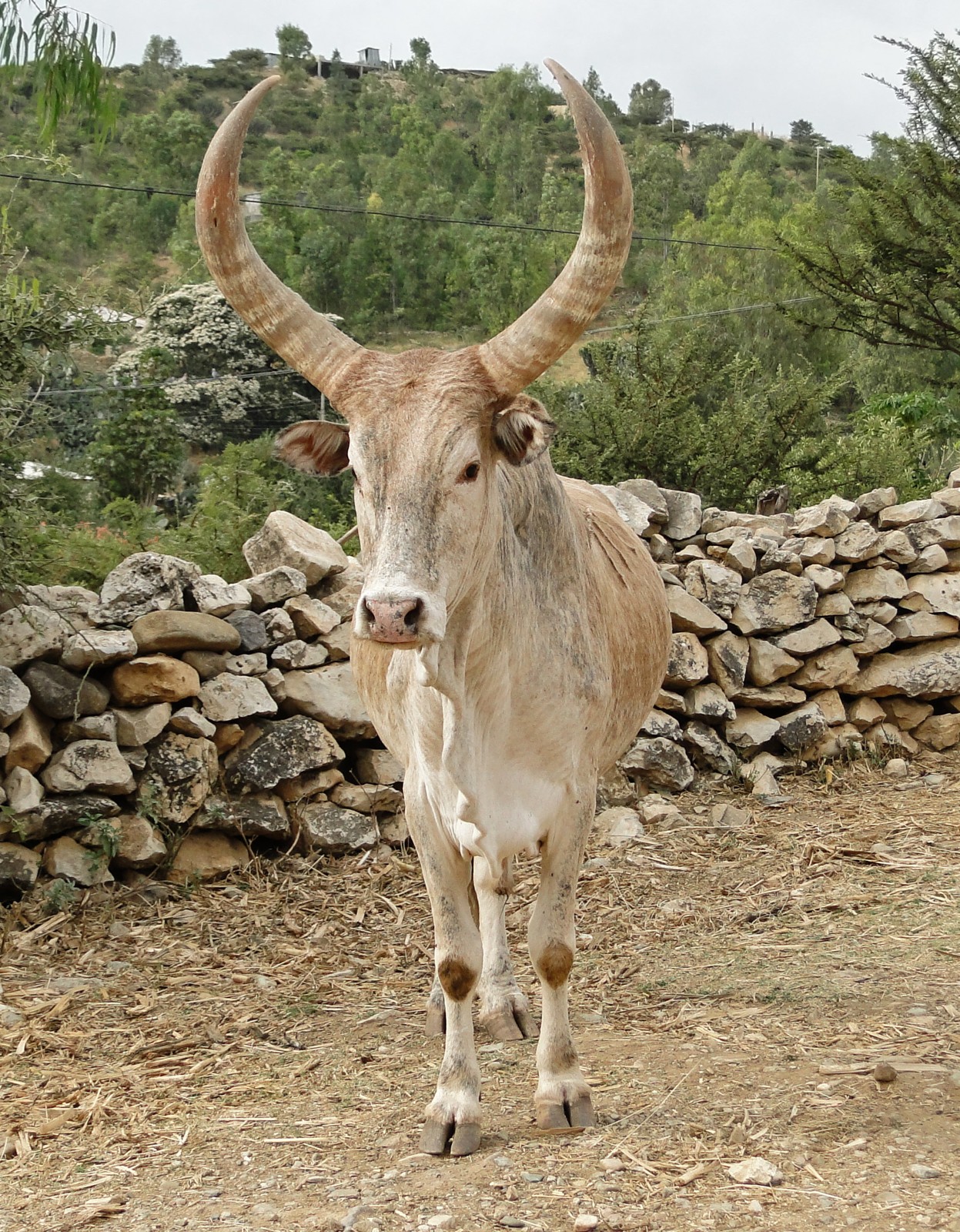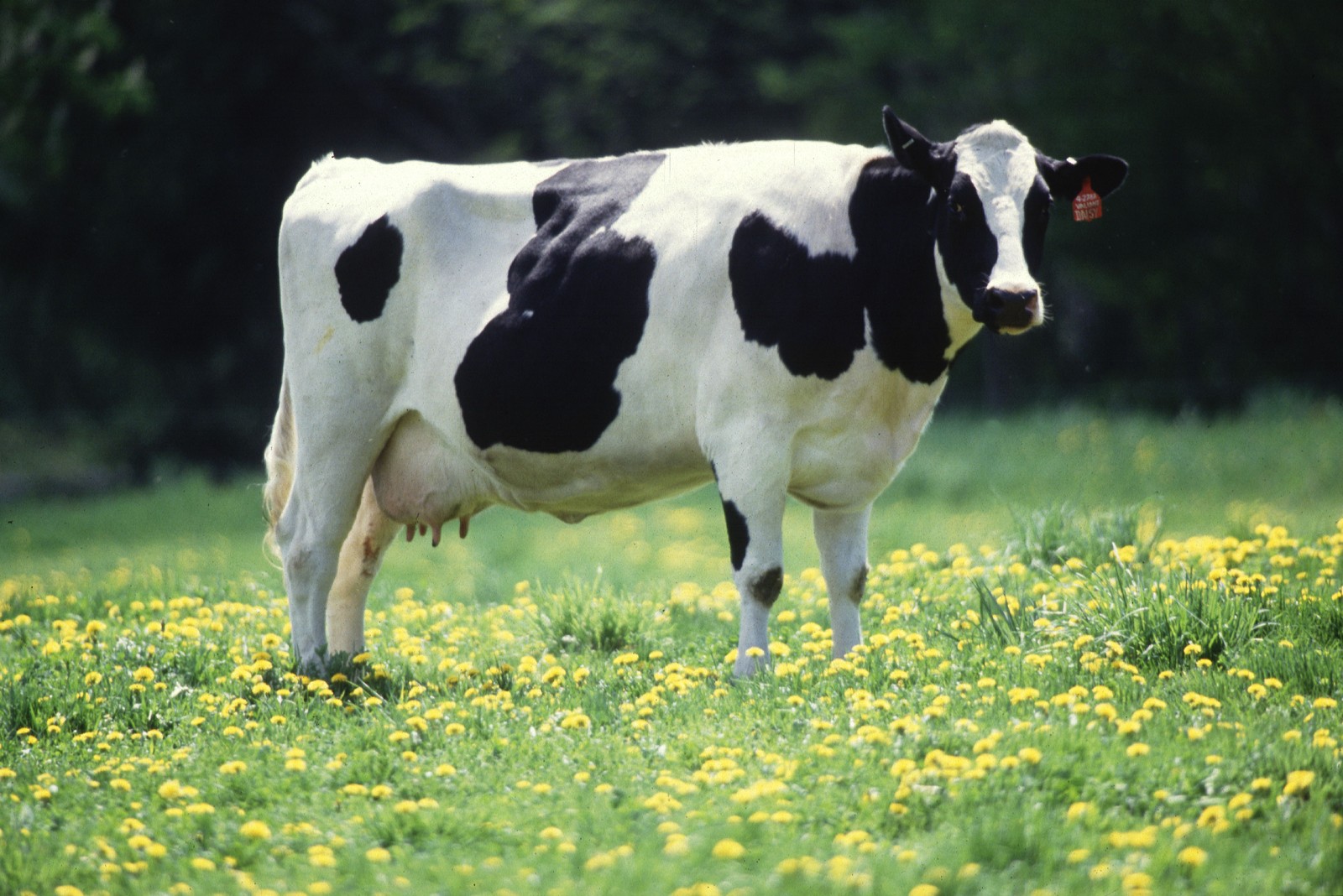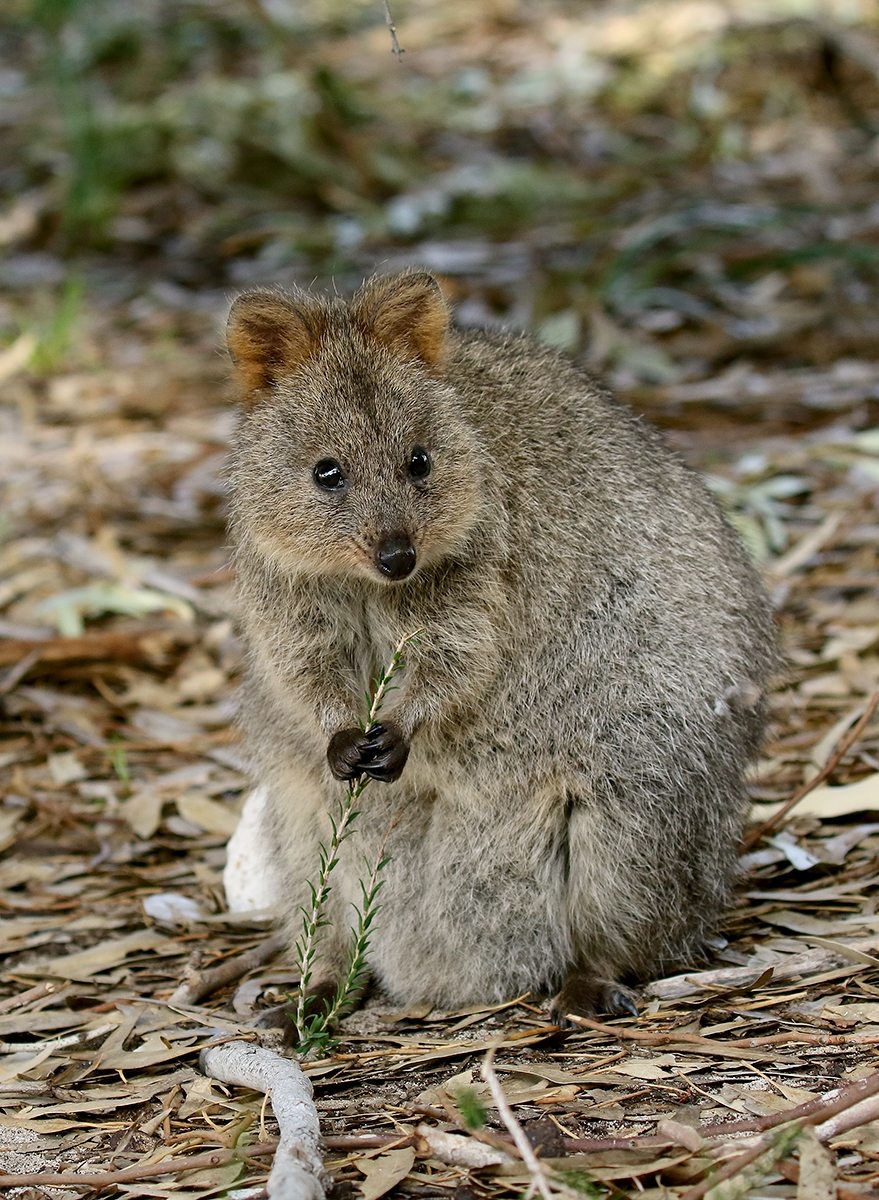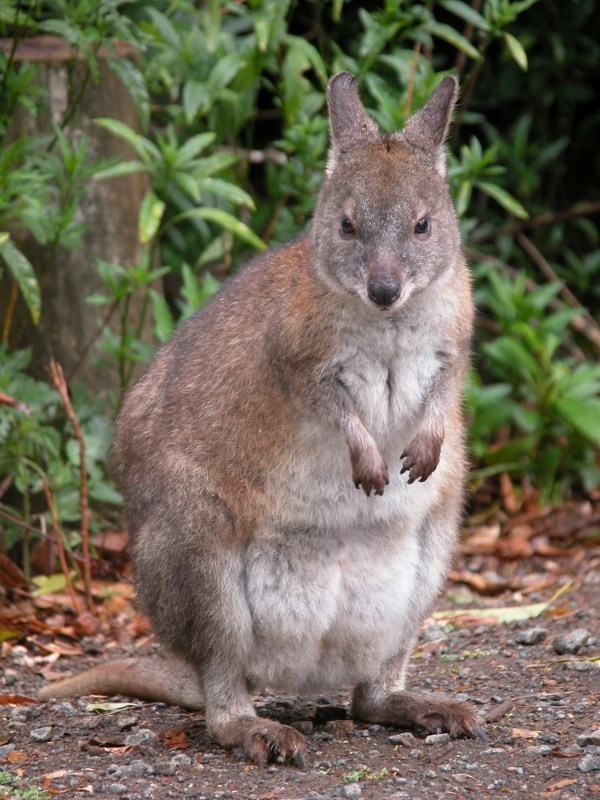Iguana vs Chameleon: A Complete Comparison
When comparing iguanas vs chameleons, these distinctive reptiles showcase remarkable differences in size, behavior, and habitat preferences. Iguanas can grow significantly larger, reaching lengths of 6 feet (1.8 meters), while most chameleon species remain under 24 inches (61 cm). Despite both being reptiles, these creatures have evolved to fill vastly different ecological niches.
The most striking distinction lies in their specialized adaptations. Chameleons are famous for their color-changing abilities and independently moving eyes, while iguanas are known for their impressive size and herbivorous diet. These differences make each species uniquely suited to their natural environments and influence their requirements as pets.
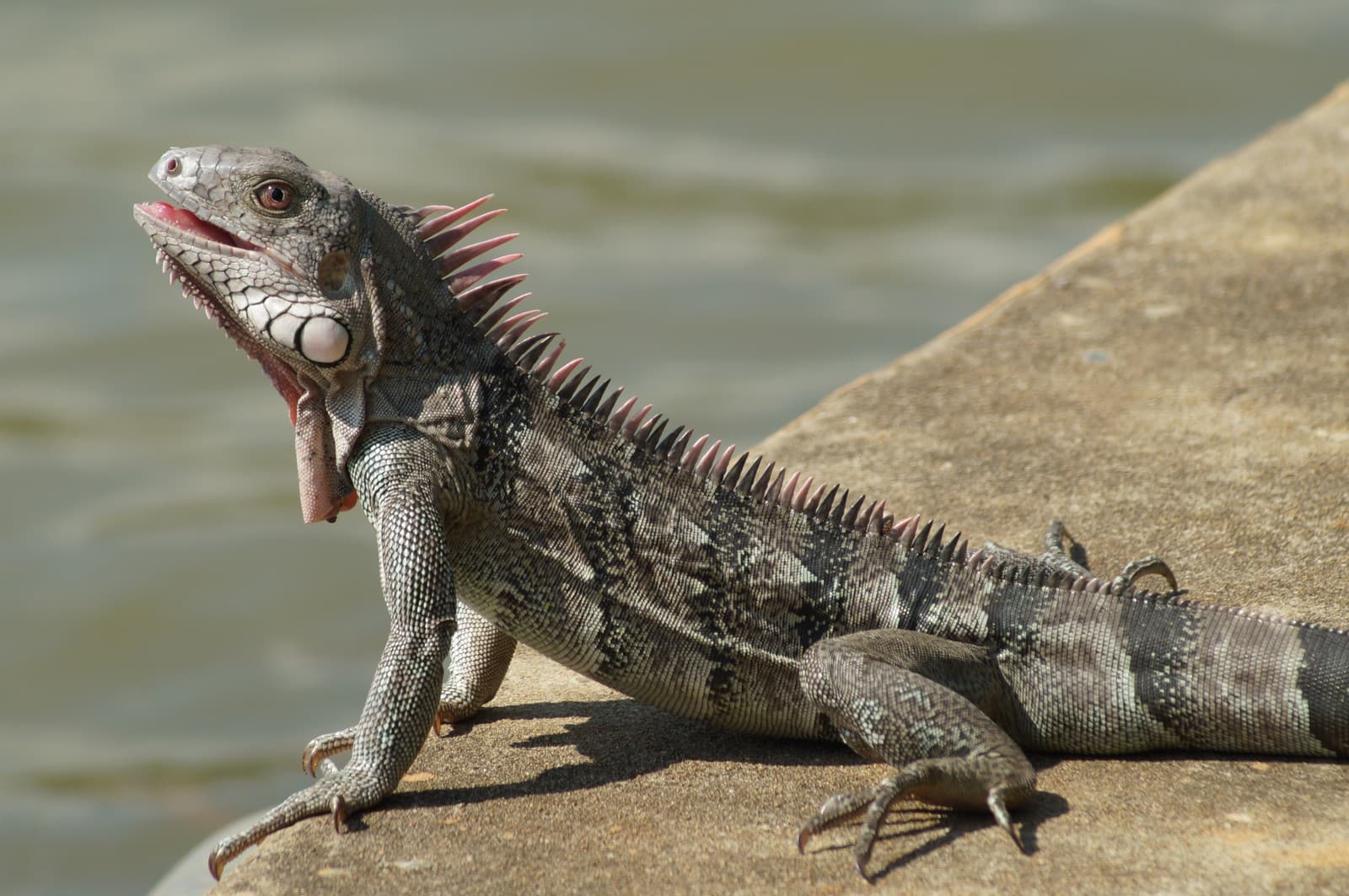
© Rjcastillo / CC BY-SA 3.0
The green iguana demonstrates the impressive size and distinctive features characteristic of its species, including the prominent dorsal spines and muscular body built for both terrestrial and arboreal life.
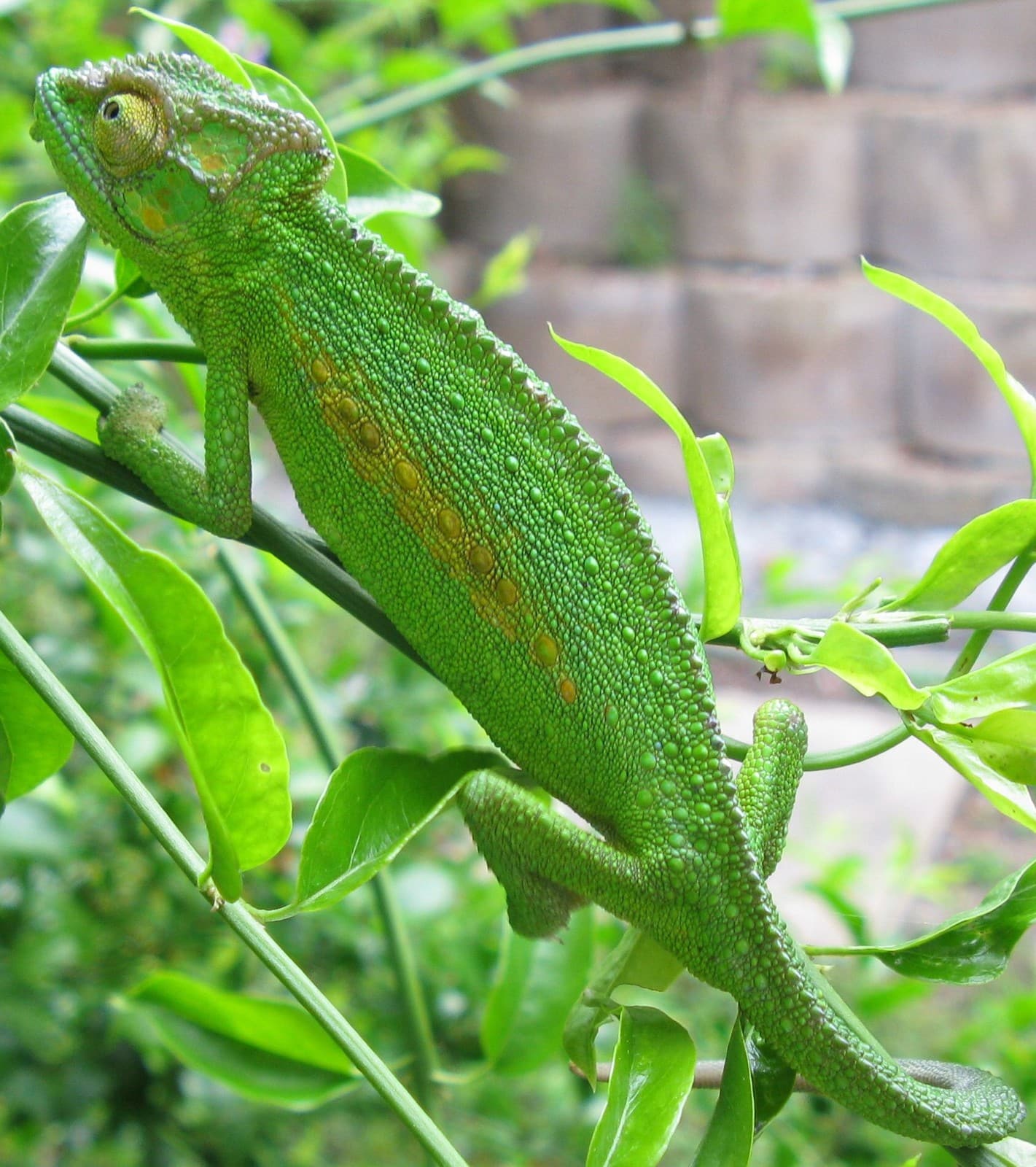
© Chiswick Chap / CC BY-SA 3.0
This chameleon exhibits its specialized adaptations for arboreal life, including its prehensile tail and distinctive eye turrets that allow for 360-degree vision.
Key Differences Between Iguanas and Chameleons
| Feature | Iguana | Chameleon |
|---|---|---|
| Size | Up to 6 feet (1.8 m) | 4-24 inches (10-61 cm) |
| Lifespan | 15-20 years | 3-10 years |
| Diet | Herbivorous | Insectivorous |
| Habitat | Semi-aquatic/Arboreal | Strictly arboreal |
| Special Features | Dewlap, dorsal spines | Color changing, prehensile tail |
| Care Level | Intermediate | Advanced |
Habitat and Natural Environment
Iguanas thrive in tropical environments, often found near water sources where they can swim and bask. They’re excellent climbers but also spend considerable time on the ground. Native to Central and South America, they inhabit rainforests and coastal regions where temperatures remain consistently warm.
Chameleons, primarily from Africa and Madagascar, are strictly arboreal, spending nearly all their time in trees and bushes. They require specialized environments with plenty of climbing branches and adequate humidity levels, though specific requirements vary by species.
Diet and Feeding Habits
The dietary needs of these reptiles couldn’t be more different. Iguanas are primarily herbivorous, consuming a variety of leaves, flowers, and fruits. Their diet should consist of 80-90% dark leafy greens and vegetables, with occasional fruit treats.
Chameleons are insectivores, requiring a diet of live insects such as crickets, roaches, and worms. They’re ambush predators, using their remarkably long tongues – which can extend to 1.5 times their body length – to capture prey.
Care Requirements and Pet Suitability
Housing Requirements
- Iguana: Minimum enclosure size of 12’ x 6’ x 6’ (3.7m x 1.8m x 1.8m) for adults
- Chameleon: Minimum enclosure size of 2’ x 2’ x 4’ (0.6m x 0.6m x 1.2m)
Temperature Needs
- Iguana: Basking spot of 95-100°F (35-38°C)
- Chameleon: Basking spot of 85-95°F (29-35°C)
Health and Lifespan
Iguanas typically live longer than chameleons, with proper care resulting in lifespans of 15-20 years. They’re generally hardier but require significant space and proper UV exposure to prevent metabolic bone disease.
Chameleons are more delicate, with shorter lifespans of 3-10 years depending on species. They’re particularly sensitive to stress and require careful attention to humidity, temperature, and ventilation.
Social Behavior and Handling
Iguanas can become quite tame with regular handling, though males may become territorial during breeding season. They recognize their caretakers and can form strong bonds over time.
Chameleons generally prefer minimal handling and can become stressed with frequent interaction. They’re best suited for observation rather than handling, making them better suited for experienced reptile enthusiasts who appreciate their unique behaviors from a distance.
Who Would Win in a Natural Encounter?
While this question often arises, iguanas and chameleons would rarely interact in nature due to different habitats and geographical distributions. However, adult iguanas have a significant size advantage, reaching weights of 20 pounds (9 kg) compared to chameleons weighing mere ounces. This makes any potential conflict heavily weighted in the iguana’s favor, though such encounters wouldn’t occur in natural settings.
